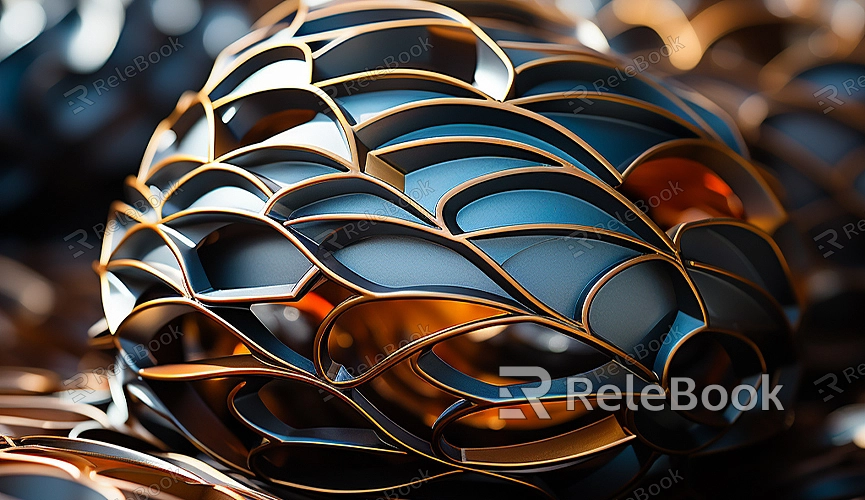Creating 3D Model Textures in Blender
In 3D modeling, adding realistic textures to models is a crucial step in rendering scenes to achieve a lifelike effect. How can you customize and create 3D model textures in Blender? The process is not difficult, as Blender comes with its own 3D textures, and you can import high-quality 3D textures from relebook. Alternatively, you can find texture background images online for reference and draw them in Blender. Here are the operational techniques for drawing 3D model textures in Blender:

1. Create or Import the Model
Open or create the 3D model you want to add textures to in Blender. Ensure that the model's geometry meets your requirements, and consider the parts where you want to add textures.
2. UV Mapping
Before starting texture creation, you need to perform UV mapping on the model. UV mapping involves unwrapping the 3D model's surface onto a flat plane, allowing you to design and edit textures on the plane. In Blender, you can switch to edit mode, select the model, and execute the UV unwrap operation.
3. Open UV/Image Editor
In Blender, use the UV/Image Editor window to view and edit UV mapping. This is where you will draw and edit the textures.
4. Use Texture Design Software
You can choose to use external texture design software like Adobe Photoshop or GIMP to create your textures. Alternatively, use Blender's built-in texture drawing tools. In the UV/Image Editor, you can directly draw, apply colors, add patterns, and details.
5. Texture Mapping
After creating the texture, map it onto the UV mapping of the model. In the 3D view, select the model, and then load or create the texture in the texture options. Ensure you adjust the mapping method to make the texture fit the model correctly.
6. Adjust Texture Parameters
Improve the texture effect by adjusting parameters like reflection, glossiness, and bump mapping in Blender. These parameters can be adjusted in the "Material" tab.
7. Real-time Preview
Utilize Blender's real-time preview feature to observe how the texture looks on the model. Adjust and optimize the texture as needed.
8. Rendering
Render the scene in Blender and review the final result. You can preview and adjust parameters multiple times before rendering to ensure a satisfactory outcome.

